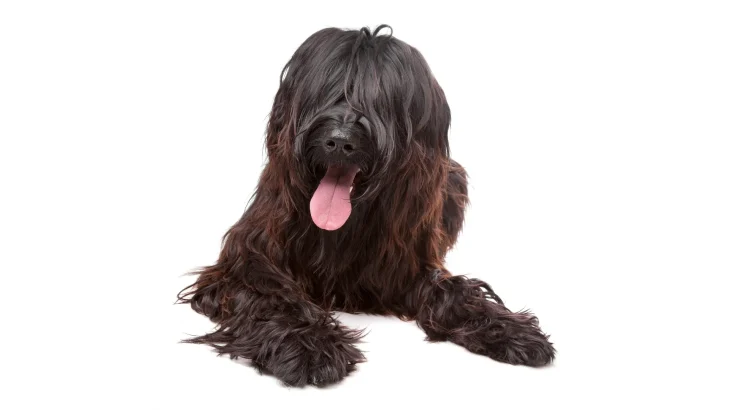Deciding whether to adopt or purchase a Briard puppy involves weighing the certainty of pedigree and health details against the opportunity to provide a loving home to a dog in need. Purchasing from a breeder typically offers clearer insights into health history and breed-specific traits, while adoption supports rescue efforts and may come with less information about the puppy's background.
Adoption vs. Breeder: Pros & Cons
| Criteria | Buying from Breeder | Adopting from Shelter/Rescue |
|---|---|---|
| Cost | Higher cost due to purebred status and breeder expenses. | Lower fees, often including vaccinations and spaying/neutering. |
| Health History | Detailed health screenings and genetic information available. | Health background may be limited; basic checks usually done. |
| Age Availability | Primarily available as puppies, allowing early bonding and training. | Variety of ages, including adults needing homes. |
| Temperament Insight | Breeders provide insights into lineage temperament traits. | Behavioral info based on shelter observations; past unknown. |
| Supporting Practices | Supports responsible breeding when choosing ethical breeders. | Promotes animal welfare by rescuing dogs in need. |
| Ethical Considerations | Risk of unethical breeding if not carefully vetted; verify breeder reputation. | Helps reduce homeless pet populations. |




















































